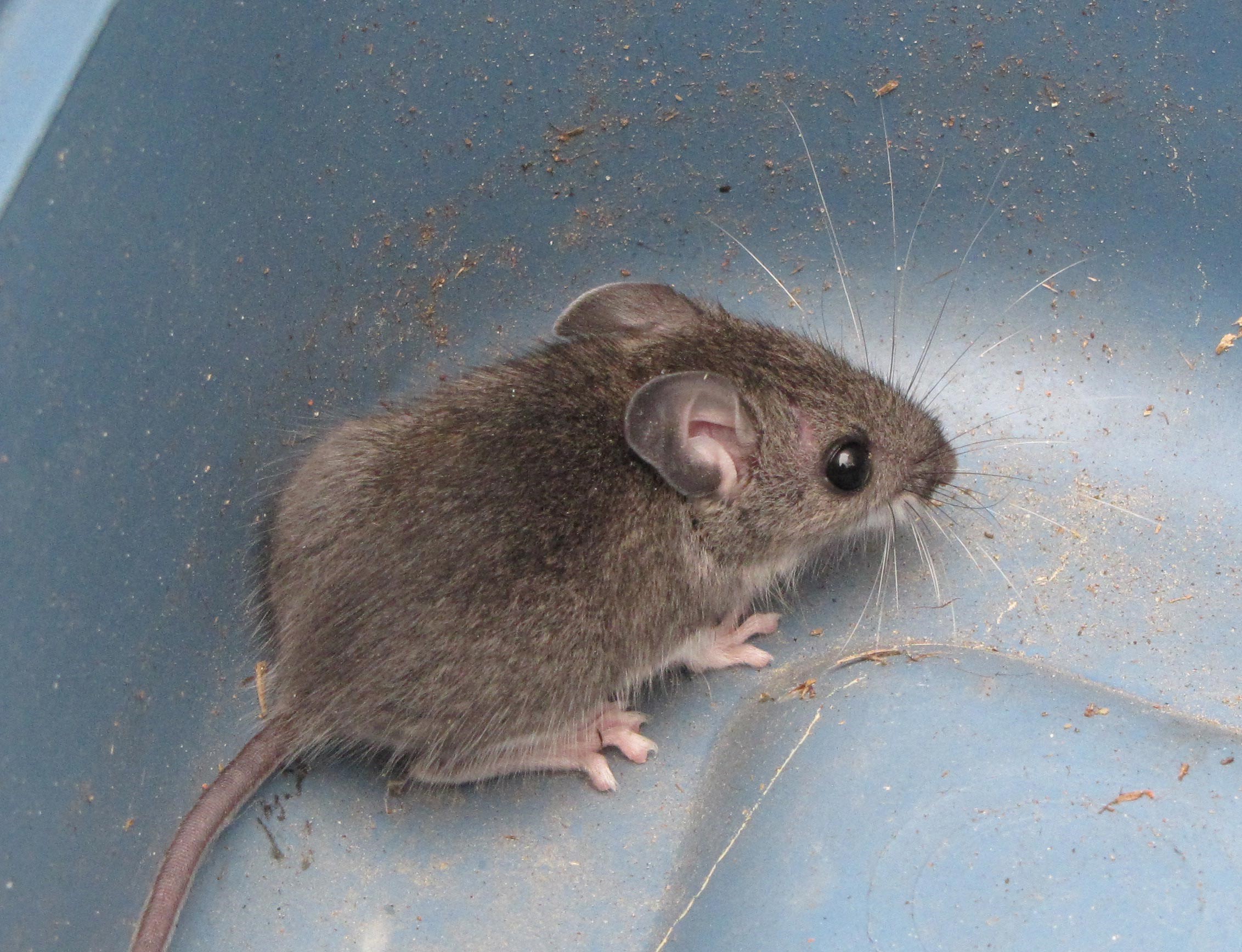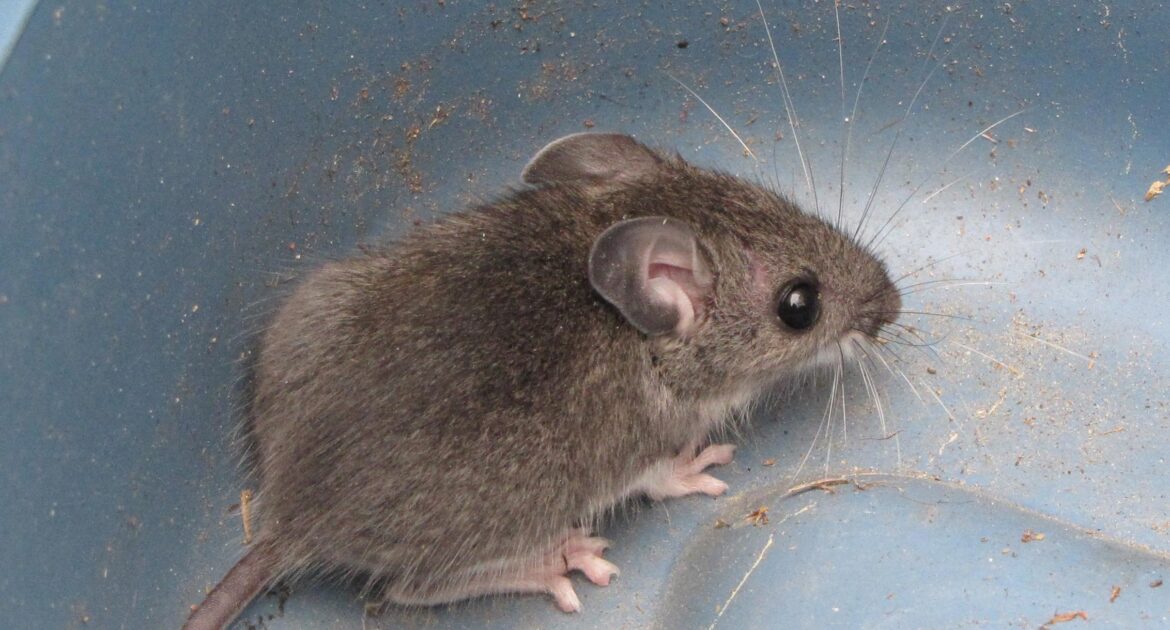Mice may be cute in fairy tales, but they pose serious problems in real life. These rodents can infiltrate your house without your knowledge, wreaking havoc in the walls and exposing your family to danger. Fortunately, education about deer mice can help you recognize the issue before too much damage is done. Read on to learn important facts about these critters and the mice removal process.
What Do Deer Mice Look Like?
Also called field mice, deer mice are the quintessential mouse with long tails, round ears and pink noses. Their fur and tails start dark gray at the top and gradually fade to white at the bottom. Adult mice are between 4.7 inches and 7 inches in length, but don’t let their size fool you. Even larger mice can squeeze through impossibly small holes.
Like other rodents, deer mice have prominent incisors that continue to grow throughout their lifetimes. Teeth are essential tools for defending territory, cracking open nuts and creating bedding. Deer mice also have dexterous hands with thumbs, allowing them to easily manipulate food and bedding.
Are Deer Mice Dangerous?
While deer mice aren’t naturally aggressive, they may become so when cornered or infected with the rabies virus. They can bite and scratch, potentially breaking the skin.
However, the greatest danger lies in the diseases these rodents potentially carry. Mice saliva, droppings and urine may contain hantaviruses and other pathogens. One concern is the spread of hantavirus pulmonary syndrome, which causes the following:
- Difficulty breathing
- Coughing
- Shortness of breath
- Death
Humans can contract this disease by inhaling particles from droppings, getting bitten by a deer mouse or touching their eyes, nose or mouth after being in contact with contaminated materials.
Why Do Deer Mice Nest in Houses?
Deer mice can live in a variety of environments, allowing them to thrive all over the world. In the wild, they create nests beneath stumps, under rocks or in tree cavities. However, they have no issue entering homes, especially under the following circumstances:
- Food is scarce.
- The weather is cold.
- The mouse is pregnant.
Mice tend to enter homes through small gaps or cracks. For example, they may squeeze through holes in walls or fractures in the foundation. Since they can climb, they may also get onto the roof and take advantage of missing shingles or gaps in the eaves.
What Are Signs of a Deer Mouse Infestation?
You probably won’t actually see your uninvited guests, even if there’s a sizable nest. Instead, you may notice little signs:
- Grease spots on baseboards
- New holes in the wall or floor
- Teeth marks on furniture
- Chewed food packaging
- Shredded paper or fabric
- Dark pellets smaller than a grain of rice (droppings)
Since mice are nocturnal, you may also hear scurrying or squeaking late at night.
Why Hire Professional Mice Removal?
If you suspect critters in your attic, you should seek wildlife control in Montreal. While it may seem like a good idea to handle the problem yourself, the truth is that you may accidentally do more harm than good.
For example, many traps only kill the mouse that trips them, leaving the nest to thrive. Poisons may kill an entire nest, but they leave you with a new problem: decomposition in your walls.
Professionals can pinpoint a nest’s location and remove all the critters inside, as well as the waste and bedding. Additionally, they can identify how the mice entered your home in the first place; sealing these entrances prevents future issues.
If you have mouse trouble, call the experts at Skedaddle Humane Wildlife Control. We take precautions to remove critters safely, ensuring you can enjoy your home in peace. To schedule an inspection, give us a call or contact us online.




